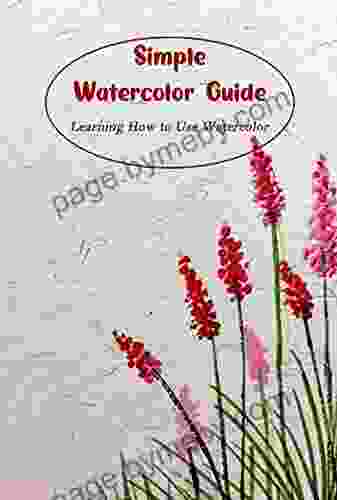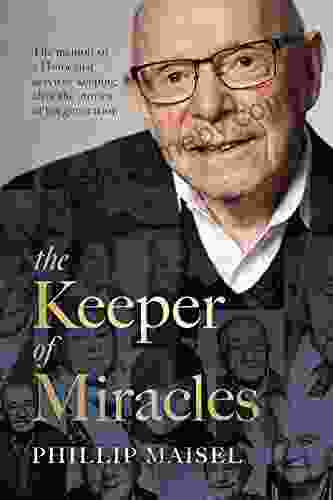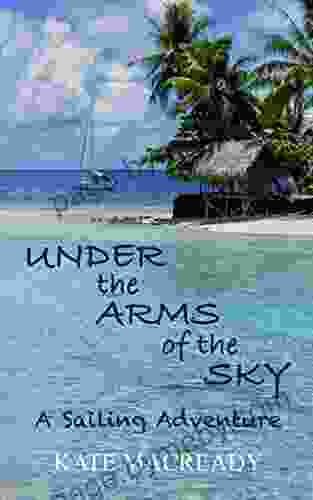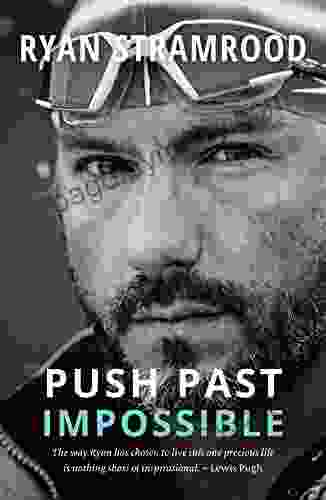Simple Watercolor Guide: Learn How to Use Watercolor and Unleash Your Creativity

Welcome to the wonderful world of watercolor painting! Watercolor is a versatile and rewarding medium that allows you to create vibrant and expressive works of art. Whether you're a complete beginner or an experienced artist looking to expand your skills, this guide will provide you with everything you need to know to get started with watercolor painting.
4.4 out of 5
| Language | : | English |
| File size | : | 36070 KB |
| Text-to-Speech | : | Enabled |
| Screen Reader | : | Supported |
| Enhanced typesetting | : | Enabled |
| Print length | : | 89 pages |
| Lending | : | Enabled |
Materials You'll Need
To get started with watercolor painting, you'll need a few essential materials:
- Watercolor paints
- Watercolor paper
- Brushes
- Palette
- Water container
Choosing the Right Watercolor Paints
There are many different types of watercolor paints available, so it's important to choose the right ones for your needs. Here are a few things to consider when choosing watercolor paints:
- Transparency: Watercolor paints are classified as either transparent, semi-transparent, or opaque. Transparent paints allow light to pass through them, creating a more luminous effect. Semi-transparent paints allow some light to pass through, while opaque paints block out light completely.
- Granulation: Granulation refers to the way that watercolor paints behave on paper. Some paints granulate more than others, creating a textured effect.
- Staining: Staining paints leave a permanent mark on paper, even when diluted with water. Non-staining paints can be lifted off the paper with water, making them ideal for creating washes and corrections.
Choosing the Right Watercolor Paper
The type of watercolor paper you use will also affect the outcome of your painting. Here are a few things to consider when choosing watercolor paper:
- Weight: Watercolor paper is available in a variety of weights, from lightweight to heavyweight. Lightweight paper is more portable, but it can buckle and warp more easily. Heavyweight paper is more durable, but it can be more difficult to work with.
- Texture: Watercolor paper can have a variety of textures, from smooth to rough. Smooth paper is ideal for detailed work, while rough paper can create a more textured effect.
- Cold-pressed vs. hot-pressed: Cold-pressed paper has a rougher surface than hot-pressed paper. Cold-pressed paper is ideal for creating washes and textures, while hot-pressed paper is better for detailed work.
Choosing the Right Brushes
The brushes you use for watercolor painting will also affect the outcome of your painting. Here are a few things to consider when choosing watercolor brushes:
- Shape: Watercolor brushes come in a variety of shapes, from round to flat. Round brushes are ideal for detail work, while flat brushes are better for creating washes and backgrounds.
- Size: Watercolor brushes come in a variety of sizes, from small to large. Small brushes are ideal for detail work, while large brushes are better for creating washes and backgrounds.
- Material: Watercolor brushes are made from a variety of materials, including natural hair and synthetic fibers. Natural hair brushes are more expensive, but they hold water better and produce a more consistent flow of paint. Synthetic brushes are less expensive and more durable, but they can be more difficult to control.
Basic Watercolor Techniques
Once you have your materials gathered, you're ready to start learning some basic watercolor techniques. Here are a few of the most essential techniques:
- Washes: A wash is a thin layer of watercolor paint that is applied to the paper. Washes can be used to create backgrounds, add color to a subject, or create a variety of effects.
- Glazing: Glazing is a technique in which thin layers of watercolor paint are applied over one another. Glazing can be used to create depth, richness, and luminosity in a painting.
- Dry brush: Dry brush is a technique in which a small amount of paint is applied to a dry brush and then lightly brushed over the paper. Dry brush can be used to create texture, detail, and highlights.
- Lifting: Lifting is a technique in which paint is removed from the paper using a damp brush or sponge. Lifting can be used to create highlights, correct mistakes, or create a variety of effects.
Tips and Tricks for Watercolor Painting
Here are a few tips and tricks to help you get the most out of your watercolor painting:
- Start with a light hand: Watercolor paint is very transparent, so it's important to start with a light hand and build up the color gradually.
- Use plenty of water: Watercolor paint is very water-soluble, so don't be afraid to use plenty of water. This will help to keep your paints flowing smoothly and prevent them from drying out.
- Experiment with different techniques: Don't be afraid to experiment with different watercolor techniques to see what works best for you. There are no right or wrong ways to paint with watercolors.
- Don't be afraid to make mistakes: Mistakes are a part of the learning process. If you make a mistake, simply lift the paint off the paper and start over.
Watercolor painting is a beautiful and rewarding medium that can be enjoyed by people of all ages and skill levels. With a little practice, you can learn to create stunning watercolor paintings that will bring joy to you and others for years to come. So what are you waiting for? Get started today and discover the world of watercolor painting!
4.4 out of 5
| Language | : | English |
| File size | : | 36070 KB |
| Text-to-Speech | : | Enabled |
| Screen Reader | : | Supported |
| Enhanced typesetting | : | Enabled |
| Print length | : | 89 pages |
| Lending | : | Enabled |
Do you want to contribute by writing guest posts on this blog?
Please contact us and send us a resume of previous articles that you have written.
 Book
Book Novel
Novel Page
Page Chapter
Chapter Text
Text Story
Story Genre
Genre Reader
Reader Library
Library Paperback
Paperback E-book
E-book Magazine
Magazine Newspaper
Newspaper Paragraph
Paragraph Sentence
Sentence Bookmark
Bookmark Shelf
Shelf Glossary
Glossary Bibliography
Bibliography Foreword
Foreword Preface
Preface Synopsis
Synopsis Annotation
Annotation Footnote
Footnote Manuscript
Manuscript Scroll
Scroll Codex
Codex Tome
Tome Bestseller
Bestseller Classics
Classics Library card
Library card Narrative
Narrative Biography
Biography Autobiography
Autobiography Memoir
Memoir Reference
Reference Encyclopedia
Encyclopedia Jan Peterson
Jan Peterson Paul S Leland
Paul S Leland Paul Schrag
Paul Schrag Niobia Bryant
Niobia Bryant Noah Van Sciver
Noah Van Sciver Miriam Toews
Miriam Toews Nariman Skakov
Nariman Skakov Tim Cammisa
Tim Cammisa Therese A Rando
Therese A Rando Natalie Wexler
Natalie Wexler Olive Yong
Olive Yong Natalie Babbitt
Natalie Babbitt Nick Lyons
Nick Lyons Nick Gamis
Nick Gamis Penny Junor
Penny Junor Thomas Lockhaven
Thomas Lockhaven Thomas S Kuhn
Thomas S Kuhn Naomi Duguid
Naomi Duguid New England Wild Flower Society
New England Wild Flower Society Nate Staniforth
Nate Staniforth
Light bulbAdvertise smarter! Our strategic ad space ensures maximum exposure. Reserve your spot today!

 William FaulknerUnveiling the Enchanting Tapestry of Early Medieval Ireland: A Journey...
William FaulknerUnveiling the Enchanting Tapestry of Early Medieval Ireland: A Journey...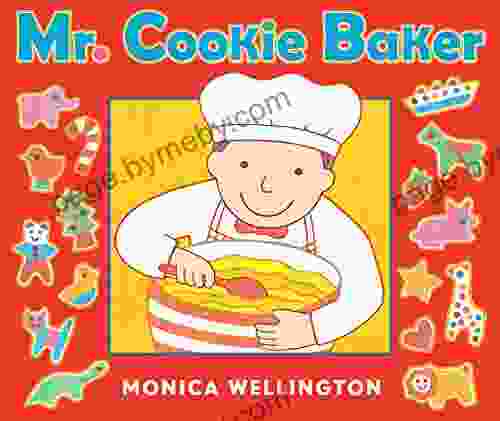
 Carlos DrummondMr. Cookie Baker: A Culinary Odyssey by Monica Wellington - Unlocking the...
Carlos DrummondMr. Cookie Baker: A Culinary Odyssey by Monica Wellington - Unlocking the... Justin BellFollow ·5.7k
Justin BellFollow ·5.7k Allen ParkerFollow ·6k
Allen ParkerFollow ·6k Carson BlairFollow ·15.4k
Carson BlairFollow ·15.4k Drew BellFollow ·13.2k
Drew BellFollow ·13.2k Roy BellFollow ·10.6k
Roy BellFollow ·10.6k Branden SimmonsFollow ·6.9k
Branden SimmonsFollow ·6.9k Eric HayesFollow ·16.2k
Eric HayesFollow ·16.2k Cody RussellFollow ·4.3k
Cody RussellFollow ·4.3k
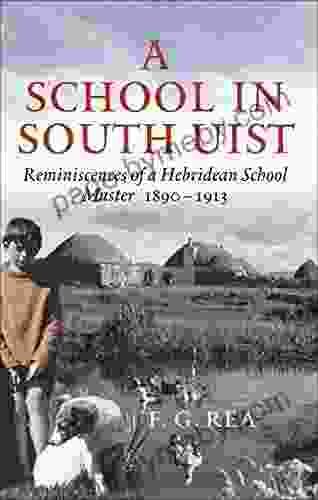
 Isaac Bell
Isaac BellReminiscences of a Hebridean School Master, 1890-1913: A...
Immerse Yourself in a Captivating Memoir of...
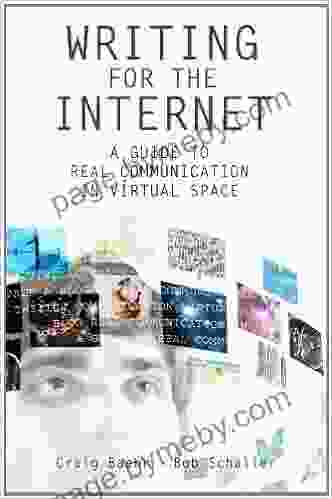
 Blake Kennedy
Blake KennedyMaster the Art of True Connection in the Digital Realm:...
In an era marked by the omnipresence of...
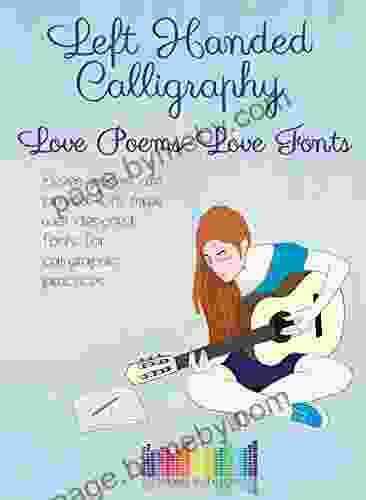
 Terry Bell
Terry BellEleven Poems Printed With Three Well Designed Fonts For...
This book is a...
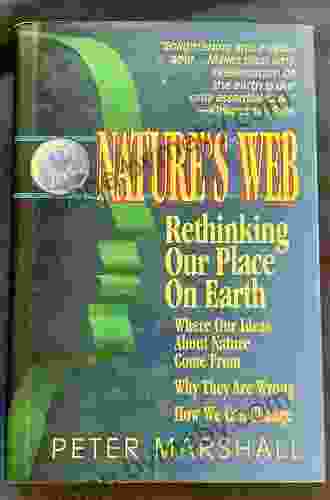
 Jacob Hayes
Jacob HayesThe Interwoven Symphony of Nature: Unraveling Our...
: In the tapestry of life, humanity's...
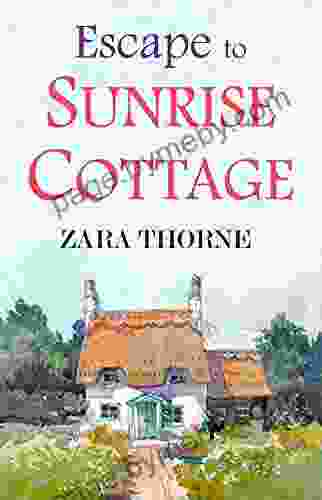
 Jamie Blair
Jamie BlairEscape to Sunrise Cottage
A Sanctuary of Tranquility...
4.4 out of 5
| Language | : | English |
| File size | : | 36070 KB |
| Text-to-Speech | : | Enabled |
| Screen Reader | : | Supported |
| Enhanced typesetting | : | Enabled |
| Print length | : | 89 pages |
| Lending | : | Enabled |


